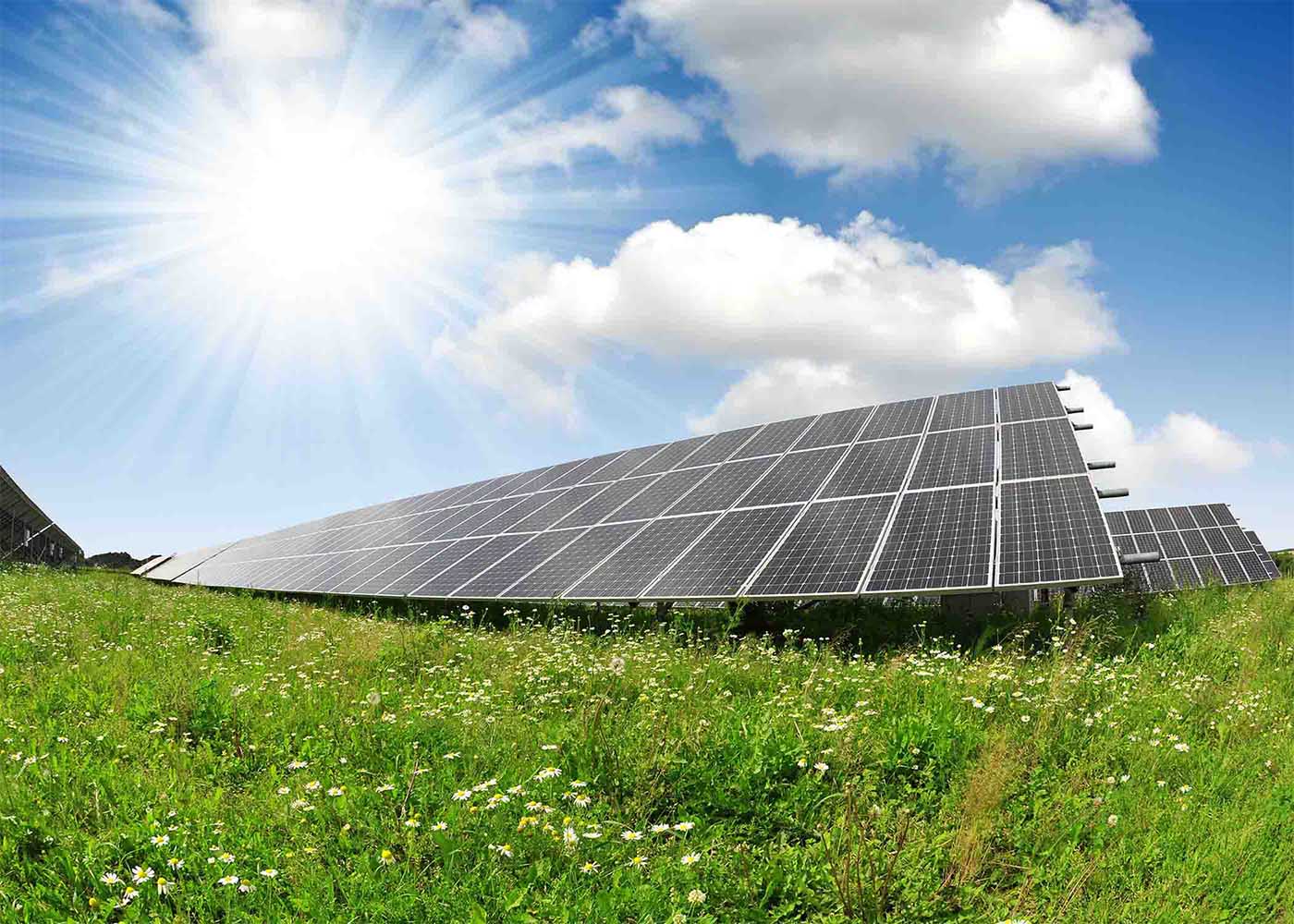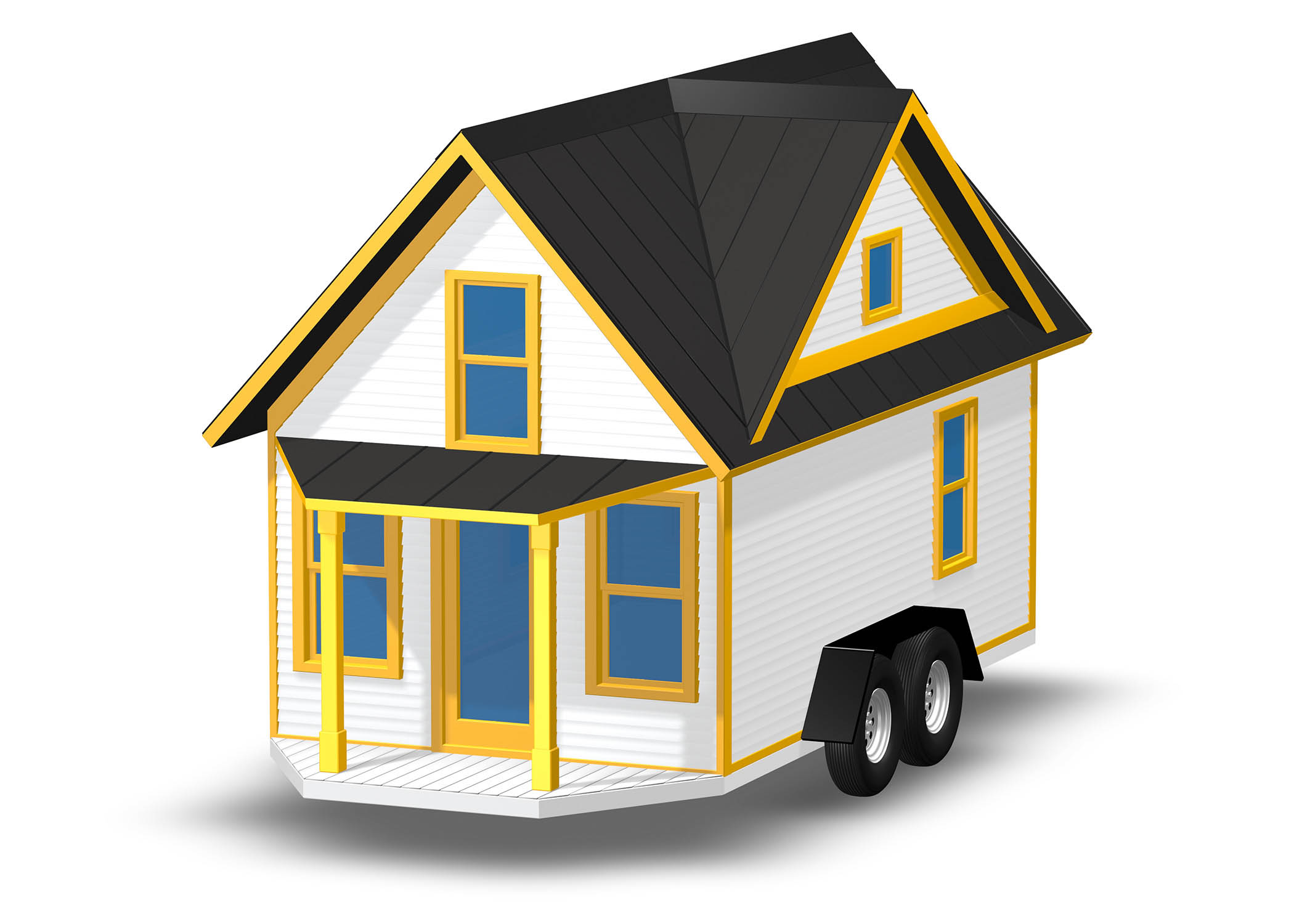By Kristen Chapple, editor and content creator at EcoPeanut.com
As the price of non-renewable energy continues to fluctuate, more and more homeowners are switching to renewable energy sources. And among the available renewable electricity sources, solar energy is the most abundant and affordable.
Plus, the idea of cutting down the monthly electricity bill and increasing the value of the house has made many people turn to solar energy. And thanks to ever-evolving technology, the efficiency of solar panels has improved while their cost has decreased dramatically in the last few decades.
Therefore, switching to solar energy is one of the best ways to protect our environment and save some cash in the long run. And despite the change in solar panel technology, most of the tools for installing solar panels have remained the same over the last few decades. So here are some of the essential tools for DIY installation.
The Most Essential Tools for DIY Solar Installation
1. Digital Multimeter
The solar panel uses a photovoltaic system to convert light into electricity using semiconductors. Eco Peanut suggests that the right multimeter can help you confirm the quality of power being emitted by each cell. A digital multimeter combines the testing capabilities of an ohmmeter, ammeter, and voltmeter. This tool can also help with the maintenance and repair of solar panels.
2. Battery Operated Drill
Battery-operated drills may be simple, but you can be surprised by how many professional solar panel installers still use the corded drills. However, a battery-powered drill is portable, efficient, and powerful enough to handle all the drilling tasks on the roof. According to Your Energy Blog, a battery-operated drill can make work easier while lowering the risk of falling off the roof.
3. Hack Saw
Remember, the solar panels will rest on some rails which you will install on your roof. Therefore, you will need to cut the rails before installing them or after you have finished installing the panels. A hack saw is affordable and easy to use, plus you can use it in your future DIY projects.
4. Flat Pry Bar
One of the less common, but very helpful tools for installing solar panels is the flat pry bar. Since most roofs have shingles, you will need a flat pry bar to help you slide the flashing under it. Remember, the mounts should be installed directly on the roof or beneath the shingles. Once you lift the shingle on the exact spot where you want to install your mounts, you can slide in the flashing and screw the mounts onto the roof and then add the rails.
5. Caulk Gun
Since the mounts and rails must be installed on your roof, you will have to drill numerous holes on your roof after removing the shingles. Fill the hole with roofing caulk and then screw the mount into the holes using. Therefore, you will need a caulk gun to help you apply the sealant safely and accurately. The roof sealant will prevent leakages in the future and help protect your ceiling.
6. Conduit Bender
Another crucial tool that you must have when installing a solar system is a conduit bender. In fact, the most commonly used conduit for protecting electric wiring is the EMT conduit. So, make sure you get the right conduit bender. This tool can come in handy when you need to make a few odd angles when installing solar panels. You will also need some channel locks for tightening your conduit joints.
7. Screwdrivers
Your set of screwdrivers is actually an essential tool that you will require during the installation process. And that is because the entire solar panel will be held in place on your roof by screws. So the first things you will need to tighten are the big screws locking the mounts onto the roof safely. The screwdrivers can come in handy during the wiring part.
8. Wire Stripper/Cutter
Once your panels are installed on the roof, you will have to either hire an electrician to help you with the wiring or do it yourself. So make sure you have the right wires stripper and cutter to help you with the wiring task. With the right stripper and cutter, you can finish the wiring job within the shortest time possible.
9. Tape Measure
One of the biggest challenges every first-time solar installer faces is ensuring that the solar panels are leveled on the roof. So you need a tape measure to help you determine the number of panels that your roof can comfortably accommodate. The tape measure can also help you determine the exact place where you will install the mounts which you will mark using your chalk. And once you have installed the mounts, you can use a string line to ensure that the rails are leveled.
10. Solar Panel Hanger
As one of the latest additions to the industry, this is a unique invention that provides a straightforward and seamless solution for holding and positioning the panels while they are on the rail. Solar panel hangers are a must-have tool for anyone who plans on installing panels. This tool sits on the tracks and allows you to place the panels safely on the rail. The solar panel hanger can eliminate the need for maneuvering a 50 pounds cell and the risk of your panels falling down.
Final Thoughts
Solar electricity is clean, renewable energy that has reduced over-reliance on natural gas, coal, and oil for electricity production. And that is because it is environmentally friendly and has helped many households lower their utility bills.
However, the initial investment can be quite high for some homeowners. But its numerous benefits outweigh the pressure of paying high electricity bills every month. And one of the best ways to reduce the cost of the entire installation process is installing the solar panels yourself.
So instead of hiring a professional to install the panels, why don’t you do it yourself? With the above tools, you can have your solar panels working in no time.
Kristen Chapple is the editor and content creator at EcoPeanut.com. She is passionate about sustainability in style and interior décor with a soft spot for DIY projects.




